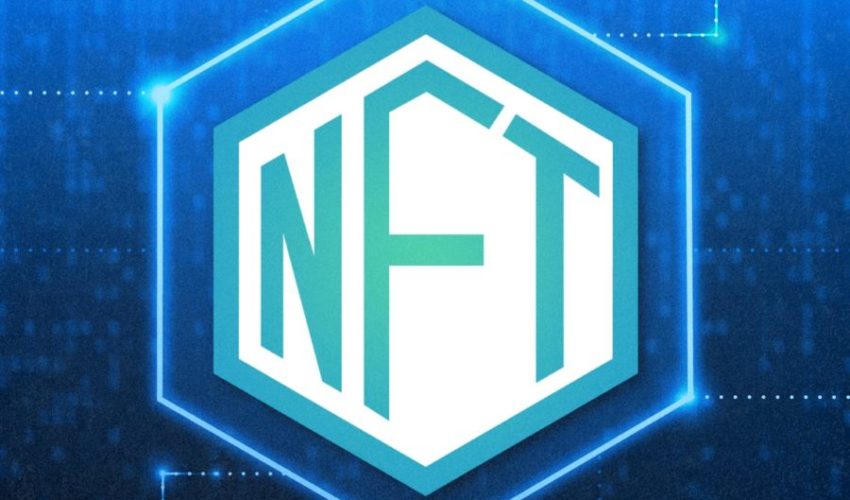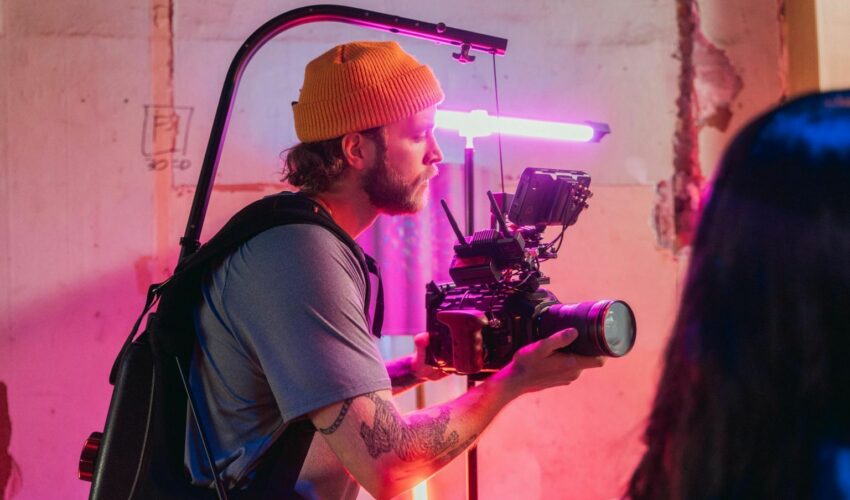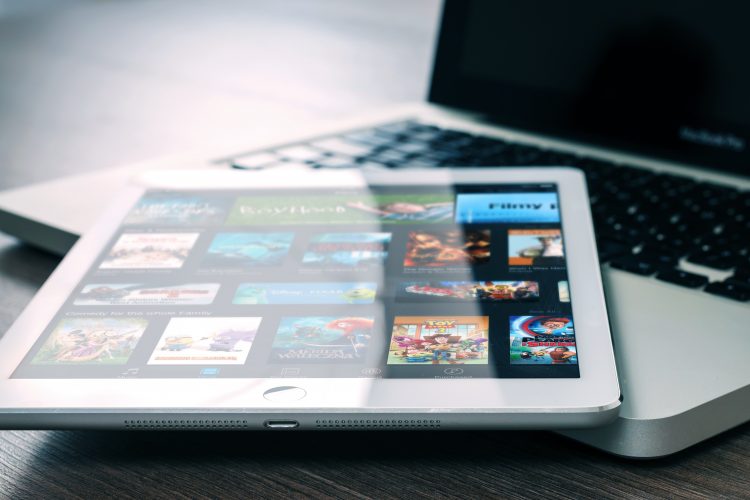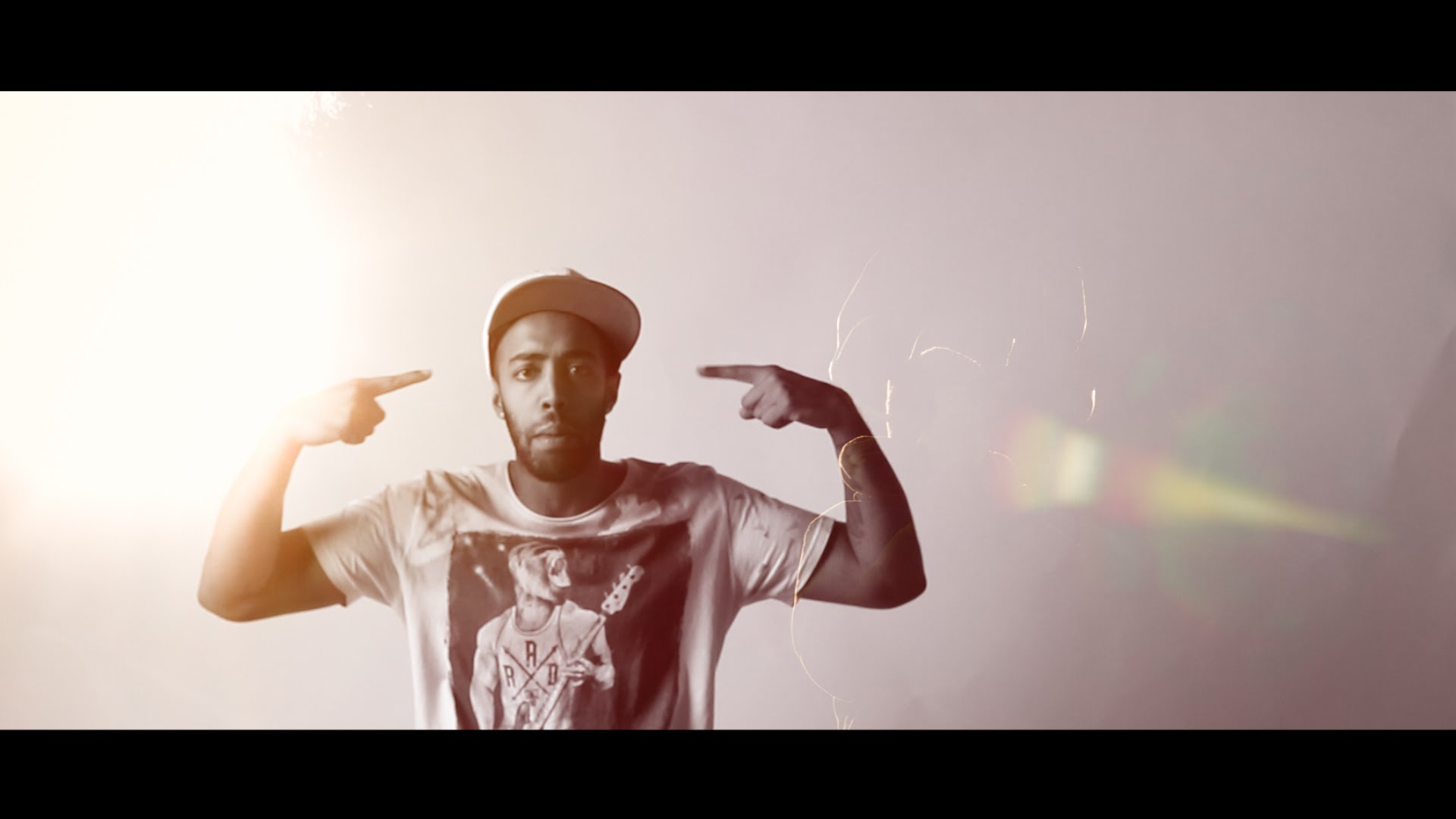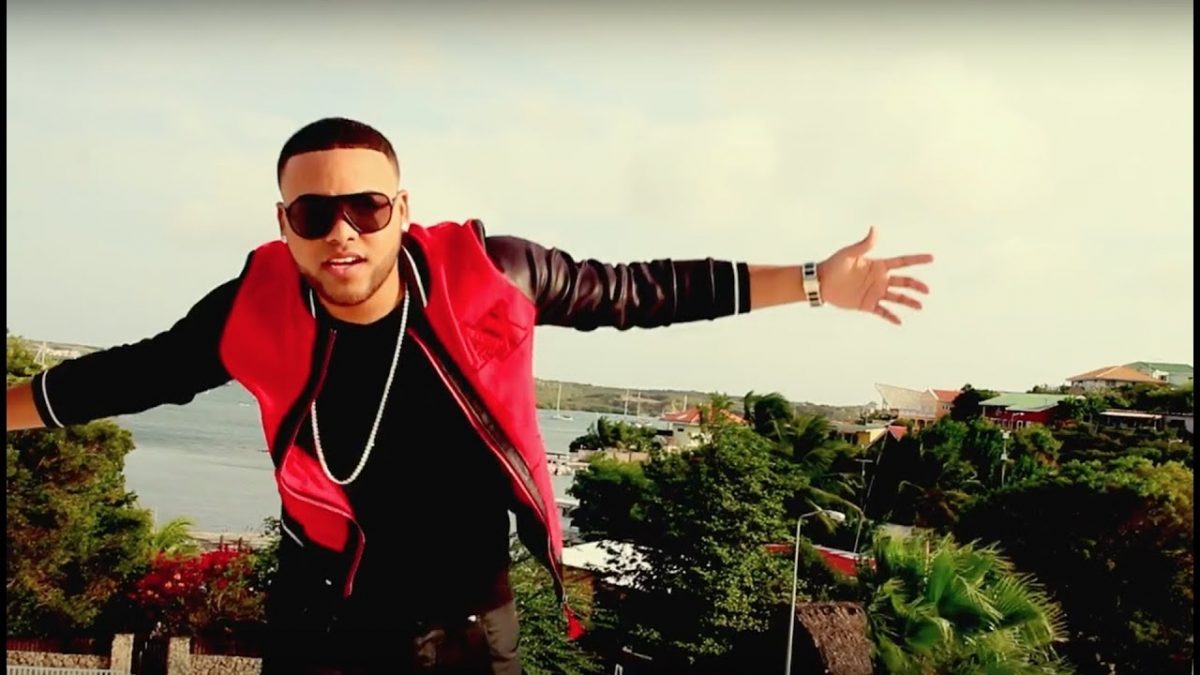How do artists navigate the digital frontier with their unique creations? Through embracing NFT technology with zest and innovation.
By leveraging NFTs, artists can establish provenance, assert ownership, and access new revenue streams long sought after in digital artistry.
In this complex ecosystem of blockchain and crypto-assets, NFTs serve as a revolutionary tool, enabling artists to mint, market, and manage their digital works autonomously.
Elevating Art Ownership
Artists utilize Non-Fungible Tokens (NFTs) as a clarifying force in the often nebulous realm of digital art ownership. These tokens serve as irrefutable certificates of authenticity, anchoring each digital work solidly to a specific owner. It is a groundbreaking shift from the traditional landscape where duplicity diluted the value of ownership.
By minting their work as NFTs, artists are not just selling an artwork, they’re offering a “piece of eternity.” The blockchain’s immutable ledger ensures that the provenance of a digital piece is forever recorded and easily verifiable. With this technology, the intimate connection between art and collector is fortified, making every digital sale a significant transfer of exclusive rights.
Authenticity Certificates
Non-Fungible Tokens (NFTs) bolster artwork authenticity, infusing digital creations with an immutable proof of origin.
Every NFT contains unique metadata that irrefutably links the artwork to its creator, embedding an enduring digital signature.
To combat counterfeiting in the digital sphere, NFTs function as state-of-the-art authenticity certificates, melding technology with trustworthiness for both artists and collectors and ensuring legitimacy at a glance.
In validating provenance and ownership rights, NFTs transform art acquisition into a secure, transparent transaction — analogous to a digitally notarized endorsement.
Royalty Earnings
Non-Fungible Tokens (NFTs) empower artists to create perpetual royalty structures. Each time a piece is resold, the original creator receives a percentage, forming a continuous revenue stream. This groundbreaking shift aligns long-term artist interests with their creative output, guaranteeing a share of future resale profits.
Smart contracts inherent in NFTs automate royalty payments. No need for intermediaries or manual processes; compensation is immediate and transparent.
The blockchain tracks each transaction accurately, ensuring artists receive their royalties without delay. This model enhances the sustainability of an artist’s career by providing ongoing income.
Moreover, artists set their royalty percentages when minting NFTs, affording them control over their financial rewards. This autonomy over terms is a significant departure from traditional art markets, where artists seldom benefit from secondary sales.
By enabling artists to receive royalties on resale, NFTs disrupt conventional art market dynamics. It shifts power back to creators, offering a fair remuneration framework unlike any previously possible in the art world.
Indeed, NFTs represent a paradigm shift in artists’ ability to monetize their work. Smart contract-enabled royalties create a model that honors both the creators’ efforts and their continued stake in the work’s value.
Expanding Art Markets
NFTs are recalibrating the economics of the art market by facilitating borderless transactions and unlocking new patronage channels. Artists can tap into a global audience, bypassing traditional geographic and economic barriers, to sell their work directly. This leads to an enhanced democratization of art ownership and a wider dispersion of cultural assets.
Through the utilization of NFTs, artists can cultivate a more diversified revenue stream, embracing patrons from a variety of sectors. The blockchain serves as a trustless intermediary, ensuring secure transactions and fostering confidence among buyers in the authenticity and provenance of their acquisitions.
Global Reach
NFTs empower artists to access a truly global marketplace, transcending traditional geographical limitations.
- Offer their work to international collectors with fewer hurdles
- Engage with global fans and patrons instantly and directly
- Benefit from a decentralized distribution model
- Leverage exposure to diverse cultural markets
- Achieve greater visibility and recognition on a worldwide scale
As a result, artists’ work gains unprecedented exposure and accessibility.
With a global reach, artists can participate in an international dialogue, broadening the impact and significance of their work.
Collector Engagement
Artists use NFTs to foster a unique connection with their collectors, offering an intimate sense of ownership.
- Exclusive Access – Providing collectors with special access to limited editions, previews, and artist Q&A sessions.
- NFT Drops – Timing releases of new works to create hype and exclusivity.
- Tiered Rewards – Implementing loyalty systems that offer greater incentives with more NFT purchases.
- Ownership Perks – Offering benefits such as free entry to exhibitions or digital content for NFT holders.
- Community Building – Using NFTs to create a sense of community among collectors by granting them access to private groups or forums.
NFTs enable a symbiotic relationship where collectors not only support but actively participate in the artist’s journey.
By monetizing behind-the-scenes content, NFTs transform the collector into a stakeholder in the creator’s ongoing narrative.
Experimenting with Creativity
In the avant-garde landscape of NFTs, artists find a fertile ground for experimenting with creativity. This new medium transcends traditional boundaries, allowing artists to embed smart contracts that govern the interactivity or perpetuity of their works within the digital realm. T
hrough NFTs, creators are emboldened to construct multimedia layers, intertwining visual art with auditory experiences, or to craft dynamic art pieces that evolve.
This technological canvas offers artists an unprecedented ability to innovate, disrupt, and redefine the essence of artistic expression, tangibly fusing the art with the very code that constitutes its existence.
Interactive Artwork
In the realm of NFTs, interactive artwork is revolutionizing the collector-artist experience.
- Smart Contract Activation: Collectors can become active participants by triggering changes in the artwork through smart contract functionalities.
- Layered Complexity: Artists can design pieces with hidden layers, revealed only through specific collector interactions.
- Dynamic Evolution: Artwork can evolve or be based on certain external data, such as cryptocurrency value fluctuations or social media activity.
- Virtual Installations: By owning an NFT, collectors might gain access to virtual spaces or augmented reality experiences that are extensions of the artwork.
- Collector-Determined Outcomes: Some interactive NFT art allows collectors to vote on the progression or transformation of the piece, creating a collective storytelling experience.
These innovations foster a more profound and personalized connection between the art and its audience.
Collectors no longer just own a piece of art; they inhabit a role within its very narrative.
Interactive NFT art blurs the lines between creation and ownership, establishing an intimate dialectic between artist and collector.
Artistic Freedom
Within the bustling domain of NFTs, artists encounter an unprecedented spectrum of expressive potential. By leveraging blockchain technology, they unlock innovative pathways to manifest their visions without corporate restraint or editorial censorship. This liberation fosters an environment where the only filters placed on creation are those of the artists’ choosing.
In the context of NFTs, the traditional gatekeepers of art dissemination—galleries, agents, and publishers—find their roles significantly diminished. This shift represents a seismic change in how art is curated and shared, transferring power directly into the hands of the creators themselves.
Strikingly, through the use of NFTs, artists can circumvent the typical commercial pressures that might dictate artistic vision. They are free to explore themes and narratives that may be unconventional or niche, reaching audiences that resonate with their unique perspective.
Beyond creative expression, NFTs offer artists control over the economic aspects of their work. By setting their terms for royalties and secondary sales, they ensure ongoing remuneration for their creativity, which was often just a one-time transaction in the pre-NFT art market.
Artists, thus, find themselves in a position of strength to negotiate collaborations and partnerships. They have the autonomy to select platforms and services that align with their ethos and those that can enhance the reach and impact of their art, unfettered by the interests of traditional industry middlemen.
Essentially, NFTs act as a bridge between artists’ pure vision and the market’s demand. They provide a framework where creativity and commercial viability are not mutually exclusive, revolutionizing the paradigm of how art is conceived, valued, and collected.
Building Communities
Artists are leveraging NFTs to foster robust communities centered around their art and its underlying philosophy. These communities are not merely passive audiences but active participants who share in the creative journey, often influencing the direction and evolution of the artist’s work.
The sense of belonging and shared ownership fosters a strong bond between the creator and the collector, transcending the traditional artist-audience dichotomy.
Through exclusive events, forums, and digital gatherings, these NFT-centric communities provide platforms for networking, collaboration, and collective creativity. They serve as incubators for new ideas, where art isn’t just viewed or owned—it’s an experience shared amongst a like-minded collective, invested in the artist’s vision and ethos.
Fan Base Interaction
Artists use NFTs to create unique, digitally verifiable collectibles that embody their work, offering fans a stake in their creative output. These digital assets can unlock access to exclusive content, enhancing the fan’s experience and fostering a deeper connection with the artist.
This dynamic shifts the fan from a passive listener to an active stakeholder within the artist’s ecosystem.
Hence, NFTs act as a bridge, connecting artists with their audiences on a level that goes beyond simple consumption of content.
Through tiered NFT releases, artists can offer varying degrees of exclusivity and interaction, catering to different levels of fan engagement.
This strategy not only cultivates a sense of exclusivity but also nurtures a symbiotic relationship where fans can contribute to the artist’s success while sharing in it.
Ultimately, the use of NFTs signals a new era in fan-artist relations, democratizing art distribution while retaining the integrity and value of the creator’s work.
Collaborative Projects
Artists proficient in the digital realm are increasingly leveraging NFTs to facilitate collaborative projects that transcend traditional boundaries. In such ventures, NFTs serve as both a canvas and a contractual agreement, ensuring that all contributors are acknowledged and remunerated fairly.
They enable seamless integration of cross-disciplinary talent, merging art, music, and technology. The smart contracts inherent in NFTs can automate the division of proceeds among all parties, streamlining what has historically been a complex process.
When artists from varying domains co-create, they amalgamate their unique audiences, forging a shared community. NFT-powered projects capitalize on this by providing a digital certificate of ownership that can encompass contributions from multiple artists, each mirroring a facet of the total artistic vision.
Collaborations of this nature open the floodgates for innovation, delineating a framework where the synergy of collective artistic prowess is encapsulated within a single NFT.
By doing so, they not only facilitate the equitable distribution of income but also enshrine the collective narrative and creative expression within the blockchain. This, in turn, imbues every shared piece with a distinct provenance, magnifying its intrinsic and extrinsic value manifold.
How Much are Artists Gaining by NFT Sales?
NFT sales made a total revenue of at least $25 million in the past month alone. Here are some of the recent NFTs that the musicians sold.
Linkin Park’s Michael Kenji Shinoda has raised $30,000 by an NFT auction this February 2021.
YouTuber and musician PelleK released his first NFT music album that sold out at pre-sale in less than two hours for $160,000 on February 22.
Grimes auctioned off nearly $6m worth of digital artwork via Nifty, a popular NFT sales channel.
3LAU, Justin Blau, a musician, and producer, sold an NFT collection for $11.6 million via an online auction. His management company, YMU, said they are planning more NFT auctions for other artists on its roster.
DJ superstar Steve Aoki sold an NFT of his art collection for $4.2m this March. This selling of NFT also included the transaction of $888,888. The NFT was sold to the former head of T-Mobile, US, John Legere.
Latin star Ozuna has also made more than $456,000 from an NFT auction in 15 minutes.
Kings Of Leon sold their earned new album “When You See Yourself“as an NFT through the blockchain platform YellowHeart and has earned $2 million.
Another artist to collaborate with blockchain company Bondly recently was an independent rapper and producer Tory Lanez, who last Thursday (March 4) released three previously unreleased tracks as NFTs via auction. Lady of Neptune, Distance, and YDLR tracks generated more than $400,000 in initial gross sales and resales from over 300 fans.
Other artists to launch NFT auctions this month include Shawn Mendes, Post Malone, and Deadmau5.
Last month on a podcast, Tory Lanez, a Canadian rapper, told that one of his albums was sold as the NFT. He revealed that the sale was so fast that he could not buy any NFT of his creation. Further, he also told about the possibility that the backstage videos are on-demand. The artist can sell them as an NFT. If there is a fan who is rich and is willing to own a digital copy of the musician, then the musician can earn millions within minutes.
Conclusion
NFTs have revolutionized the way artists navigate the digital landscape, offering a plethora of opportunities for ownership, revenue generation, and creative experimentation.
Through the use of NFTs, artists can establish provenance, assert ownership rights, and create a continuous source of income through royalty earnings.
Artists can expand their reach to a global audience, engage with their collectors, and foster a sense of community and collaboration.
The power of NFTs lies in their ability to bridge the gap between artistic expression and commercial viability, ushering in a new era of art distribution and appreciation
